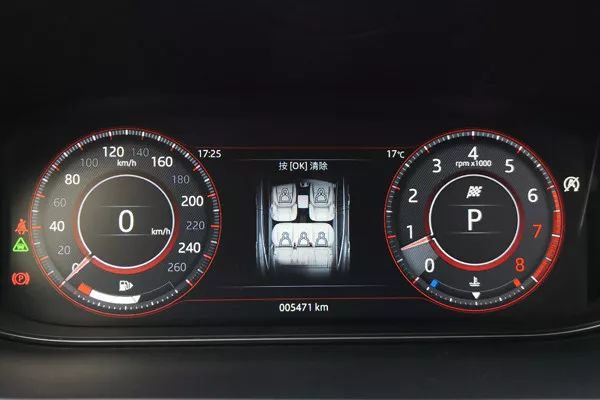In modern society, wooden houses have developed into a popular trend. People have long been tired of traditional concrete houses, so they turn their attention to wooden houses. Many advantages of wooden houses cannot be replaced by concrete structures. For example, wooden houses can be built in places close to mountains and rivers, suitable for self-cultivation, recreation, and relaxation. in nature.
Research by the National Laboratory of New York in the United States proves that “wooden houses are the only buildings in the world that can be called truly green and environmentally friendly, and they can save energy by 50% compared with ordinary cement and brick structures.” Wood is a porous material with a small thermal conductivity and is a poor conductor of heat. Wood is a natural material. When the humidity is high, the wooden house will automatically absorb moisture, and when it is dry, it will release moisture from its own cells, just like a natural air conditioner The machine plays the role of adjusting the indoor temperature, making people feel warm in winter and cool in summer, which is unmatched by other building materials. At the same time, the wooden house also has good environmental protection, which has obvious effects on keeping the brain awake, improving concentration, lowering blood pressure, and stabilizing nerves. In addition, wood absorbs ultraviolet rays in the sun and reflects infrared rays. Since wood is a porous material, the surface forms small bumps, which absorb part of the light and diffuse reflection of the light, making the light visually soft. Therefore, the wooden house can be said to have the least visual nerve stimulation to people, and this provides the necessary conditions for the wooden house to become the best accommodation space for health preservation experience.
![[Industry] Wooden houses may be standard equipment for camp construction](https://img.ucar.run/ecar/32160.jpg)
An attractive campsite must accommodate a variety of accommodation forms. In addition to basic RV camps, tents, containers, wooden houses and other equipment are also essential. However, compared with accommodation forms such as RVs, containers, and tents in camping, the area, space, comfort, experience, and plasticity of wooden houses have obvious advantages. Wooden houses are undoubtedly the best choice. The wooden house itself is a product integrated with nature, emphasizing the ecological experience of tourists. On the one hand, the unique accommodation form of the wooden house can effectively increase the accommodation rate of the camp; more diverse.
The construction of the whole log house can all use logs, so that the use of other building materials can be minimized. Moreover, you can also choose wood materials that are close to the natural color, so that the wooden house truly fits with nature, giving people the feeling of “sleeping in nature”. Wood itself is a renewable resource that can be moved, and all parts of the wooden house are connected by bolts, so it is very convenient to install and saves a lot of time. The reuse rate of its materials can reach more than 90%, so the wooden house has High resource utilization efficiency. Taking a 100-square-meter wooden house as an example, the construction period will take about two to three months to complete. At present, those who can travel by car in China are relatively wealthy people, and their behavior has a great influence on the whole society. Combining holiday cabins with self-driving camps can further expand the influence of camps.
![[Industry] Wooden houses may be standard equipment for camp construction](https://img.ucar.run/ecar/32161.jpg)
In recent years, domestic vacation cabins have developed very rapidly. From the perspective of protecting self-driving camp resources and the environment, building wooden houses to meet the needs of public facilities is also a good choice. Wooden houses are usually temporary buildings with strong mobility. When the self-driving camp expands and its functions are adjusted, the original wooden houses do not need to be abandoned. They can be moved flexibly according to the needs of the camp, saving resources and protecting the environment.
Construction standards for log cabins in camps
Referring to the construction standards of international wooden house RV camps, combined with the current situation of my country’s wooden house RV industry, the design of domestic RV camps has summarized the standards for the construction of RV camps:
(1) On the basis of considering the construction quality of the wooden house caravan camp, give priority to the optimal plan with the lowest operating cost and the least environmental pollution.
(2) The wooden house RV camp should have a wide view, green trees, rivers, and abundant sunshine, so that people can carry out sea bathing, fishing, swimming and other activities on the seaside, lakeside, riverside and other places; it must be equipped with water supply and drainage, electrical appliances, and communication and other life-related infrastructure to facilitate RV supplies and people’s lives; it is best to have swimming pools, tennis courts, racing tracks and other sports facilities or entertainment facilities around for people’s leisure; there are public transportation facilities (cars or trains) around, Make it possible for campers without cars to participate in camping activities.
![[Industry] Wooden houses may be standard equipment for camp construction](https://img.ucar.run/ecar/32162.jpg)
(3) The land for the wooden house RV camp should be flat or with a small slope, well-drained, well-lit, well-ventilated, and convenient for vehicles to enter and exit. In summer, there should be appropriate shade and a safe place.
(4) In the process of planning and construction of wooden house RV camps, fully consider the impact on the environment, adopt materials and equipment that meet the requirements of environmental protection and ecological protection, and choose environmentally friendly and energy-saving products. Adopt energy-saving architectural design, structure, and materials in construction projects to improve building thermal insulation and reduce energy consumption. Some auxiliary facilities, materials, and appliances must use renewable or recycled materials, and the pollution-free nature of temporary buildings should also be considered. , recyclable, off-site reuse and enclosure standards and other details. In terms of energy, promote the use of clean energy such as solar energy, geothermal energy, natural gas, coal gas, liquefied petroleum gas, biogas, and electricity to minimize adverse impacts on the environment.
As the supporting facilities of the camp, the wooden house can be built no matter on the hillside, by the lake, on the beach, or at the seaside because it has no specific requirements. At the same time, there are various architectural styles, unique shapes, and perfect functional experience. It can be customized according to individual needs. Features such as design have gradually become the new favorites of tourism real estate. Through wooden structure buildings that fit the cultural characteristics of different regions, different theme cultures of sojourn can be created. By integrating related industrial resources, the resources of the entire tourism industry chain can be maximized. Therefore, major self-driving The camps have developed holiday and tourist cabins one after another. With wooden houses as the carrier, self-driving camps of different scales and grades are built to meet the needs of tourists at different levels, supplemented by good supporting measures and high-quality services, which can enhance the value of tourism real estate and increase economic and social benefits. The core of self-driving camp development.




